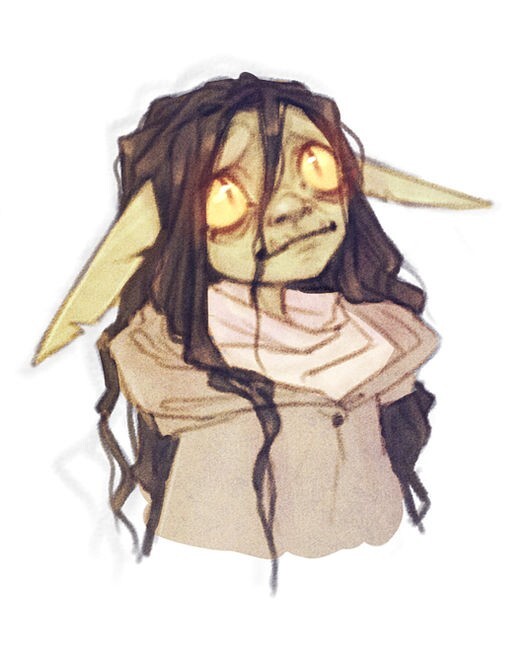

Rename the article. “Boyfriend recognises phishing.”
My username references one of my favorite literary characters, the gentleman with the thistledown hair from Jonathan Strange and Mr. Norrell.
My avatar is a goblin with long, scraggly hair who looks upward timidly with voluminous eyes.


Rename the article. “Boyfriend recognises phishing.”
Thank you for your amazing work!
This makes me love F-Droid even more!


If an alias receives spam, I can deactivate it. Future mail addressed to that alias will not forward to my email inbox. In essence, stop the flow of water instead of repeatedly mopping around the leak. Also, I am wary of malicious unsubscribe links.


I use Tuta mail. It is entirely open source. There are both paid and free tiers. I started on a paid tier, then downgraded to free. I like the option of a usable free tier when money is tight. I use addy.io for aliases.


I like the rain cloak (and shelter) by Onewind. The cloak drapes over backpacks or bags, reducing wear on the waterproof surface. The hood is adjustable and spacious. Also, I like that a cloak will fit when my weight fluctuates.
Have you considered a rain cloak? The rain cloak (and shelter) by Onewind is amazing! I wear it as everyday rain gear instead of a rain jacket. The hood is spacious and adjustable. The cloak drapes over backpacks, shopping bags, and even children. I have yet to use it as a shelter or while biking, but here is a review from a cyclist:
It began to rain as I rode my bicycle down a local gravel road. I put on the rain cape, pulled the hood over my helmet, and threw the front of the cape over my handle bars. I stayed magically dry. Can’t wait to sleep in the shelter; what a system!
I use a soap bag. Place a bar of soap in the bag. Soap lathers well through the loose weave. Sisal or cotton fibers exfoliate your skin as you scrub. Then hang it by the drawstring to dry after each use.
I have been using mine for several years. I do not know the brand, but these look similar: soap saver bag from Golden Forrest and sisal soap bag from Olivaris Organics.


I am too well versed in science fiction to agree to a brain implant.


“Queen” by itself refers to either women or gay men. It is not gender neutral. “Drama queen” is applied to all genders, but, again, this example is pejorative toward women. Do you have any examples of women-centric language that can refer to all genders, but that is not negative toward women?


Can you really say “1984” with confidence either way given Big Brother?


I would not have guessed that meaning of “of.” I think we should stick to “til” or “past” for clarity.


I wish our numeric system was base 12 instead of base 10!


100% yes! I have pretty intense time blindness due to ADHD. The visual representation of time in analog clocks helps me.


Your examples of female-based neutral words are pejorative. Do you have examples not rooted in misogyny?
Thank you! This was driving me crazy as well!
Thank you! I previously read that Debian was difficult for beginners, but often favored by seasoned Linux users. What makes Debian a good choice for accessibility?


It is hard for me to imagine an accessibility panel that would speak in favor of overlays. The only message that I have heard at conferences has been about the inaccessibility of overlays. Also, I appreciate learning a new word today: manel. The questions that this panel was set to discuss reveal a heavy bias indeed!
- Can overlay tools help to improve the Accessibility of Websites?
- Where can it be helpful and where are the borders of such tools?
- Who is the target group and for which community it can be helpful to use these tools?


Use polyjuice potion to disguise Harry and Mad-Eye Moody as Dursleys. Drive away in the family car. Go somewhere nearby that is connected to the floo network or that has a portkey. Transport Harry to a safe house from there. Have other order members disguised as the same Dursleys drive the car back to Privet Drive.
I am thrilled to learn about this! I am an Accessible Document Specialist (ADS). Reliance on Adobe is frustrating. Current PDF viewing and editing applications do not support the PDF 2.0 specification or its companion PDF/UA-2 specification for accessibility. Support for MathML within PDF documents would be a game changer. Have you looked into MathML support?